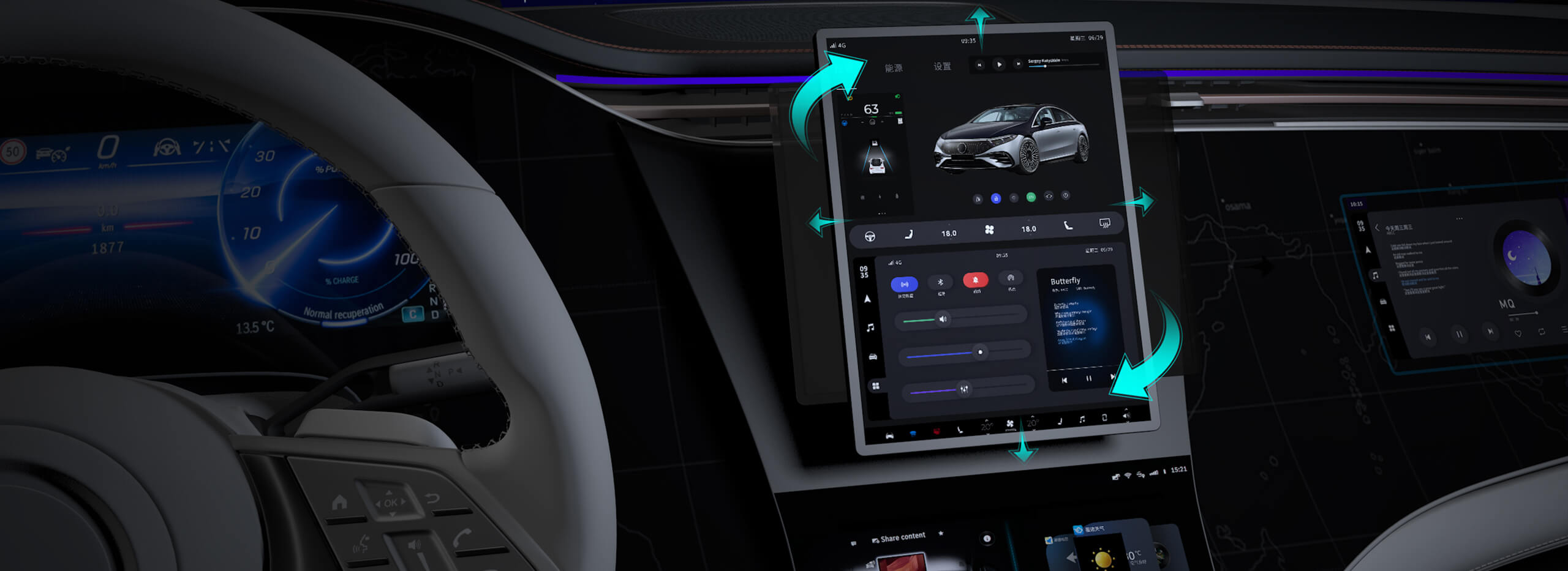Unlocking the Power of DC Servo Motors: An Introduction
In the realm of automation and robotics, few components are as critical and reliable as DC servo motors. Known for their precision, speed, and controllability, these compact yet powerful devices serve as the backbone for tasks demanding delicate movement or high torque in manufacturing lines, CNC machinery, robotics, and more. But like any intricate machine, DC servo motors sometimes encounter issues that hamper their performance, making repair and maintenance essential skills for technicians and hobbyists alike.

Understanding the Basics of DC Servo Motors
Before diving into repair strategies, it's helpful to understand what sets DC servo motors apart. At their core, they are direct current motors combined with feedback systems—often encoders—that allow precise control over position, speed, and torque. This makes them indispensable in environments where accuracy is paramount.
A typical DC servo motor involves:
A stator that creates a magnetic field. A rotor (armature) that interacts with this field. An encoder or resolver providing real-time feedback on position. An electronic circuit (servo driver/controller) managing power and control signals.
When working with these motors, it’s important to recognize that problems can originate from various sources: electrical faults, mechanical wear, or control system malfunctions.
Common Symptoms of a Faulty DC Servo Motor
Understanding the telltale signs of malfunction is crucial for effective diagnosis:
Unusual noises: Grinding, clicking, or high-pitched whines. Vibration or instability: Excessive shaking during operation. Inconsistent movement: Erratic speed or position errors. Overheating: The motor becomes unusually hot. Failure to respond: No movement despite signals being sent. Error messages: Diagnostic alerts from control systems.
When these issues are observed, it's time to investigate further. Proper diagnosis not only saves time but also prevents further damage.
Safety Precautions Before Repair
Working with energized electrical equipment always carries risk. Remember to take essential precautions:
Disconnect power sources before inspection. Use insulated tools. Wear personal protective equipment. Be aware of stored electrical energy in capacitors or backups. Follow manufacturer guidelines and safety protocols.
Tools and Equipment Needed for DC Servo Motor Repair
A well-stocked toolkit makes diagnosis and repair smoother:
Multimeter for voltage, current, and resistance testing. Oscilloscope for waveform analysis. Clamp meter for current measurement. Soldering iron and solder for wiring repairs. Insulation stripper and crimpers. Replacement parts: brushes, bearings, encoders, and connectors. Manufacturer repair manuals or datasheets.
Having these ready means you're prepared for most common repair scenarios.
Diagnosing Common Issues
Let’s explore some frequent problems and their typical causes:
Brushes and Commutator Wear: Over time, brushes wear out, causing poor electrical contact. This results in intermittent operation or failure to start.
Encoder Malfunction: If the feedback system fails, the controller cannot accurately gauge the motor’s position, leading to control errors.
Wiring or Connection Faults: Broken or loose wires can cause inconsistent signals and power delivery issues.
Overheating and Burnt Components: Electrical overloads or poor ventilation can damage internal parts.
Mechanical Damage: Bearing wear or rotor imbalance can lead to excessive vibration and noise.
Step-by-Step Troubleshooting Approach
A structured approach increases likelihood of success:
Visual Inspection: Look for obvious damage, burned parts, loose wires, or accumulation of dust and debris.
Electrical Testing: Use a multimeter to check winding resistances, inspect for shorts or opens.
Operational Testing: Connect the motor to a test bench to observe behavior—listen for irregular noises or vibrations.
Feedback System Check: Ensure encoders or resolvers are functioning properly, verifying their output signals.
Control Signal Verification: Confirm the signals sent from the driver/controller are accurate and within expected ranges.
Replacement and Repair Techniques
Based on diagnosis, repairs may involve:
Replacing Brushes: Remove worn brushes, clean brush holders, and install new ones matching the original specifications.
Rewinding Stator or Winding Repair: In case of winding damage, rewinding may be required—this is complex and often best handled by specialists.
Fixing Encoders: Replace faulty encoders, clean optical or magnetic sensors, or calibrate feedback devices.
Wiring Repairs: Solder or replace damaged wires with proper gauge and insulation.
Bearing Replacement: Remove old bearings, lubricate, and install new ones to reduce vibration.
Preventative Maintenance to Prolong Motor Life
Routine inspections and maintenance can extend the lifespan of your DC servo motor:
Regular cleaning to avoid dust buildup. Periodic lubrication of bearings. Checking and tightening connections. Monitoring motor temperature during operation. Updating control firmware and calibrating feedback devices.
When to Seek Professional Assistance
While many minor repairs can be tackled in-house, complex issues—particularly those involving rewinding or detailed circuitry—are best handled by specialized repair services. Correct diagnosis and repair not only ensure safety but also maintain the integrity of the servo system.
Kpower has delivered professional drive system solutions to over 500 enterprise clients globally with products covering various fields such as Smart Home Systems, Automatic Electronics, Robotics, Precision Agriculture, Drones, and Industrial Automation.




































